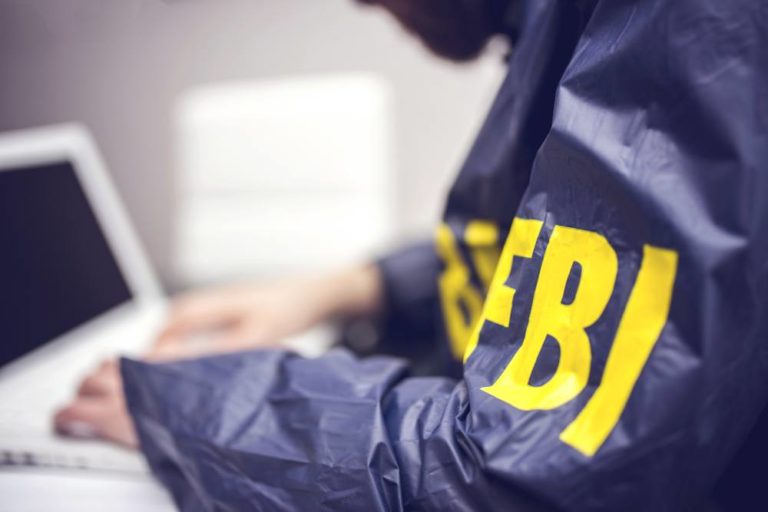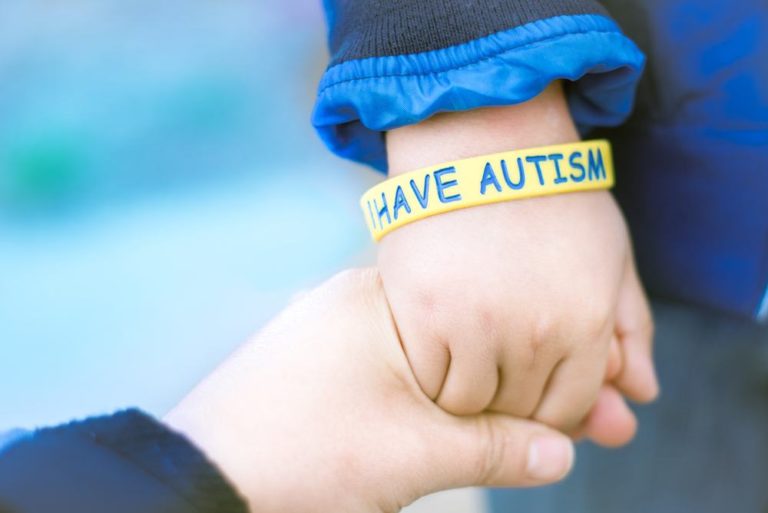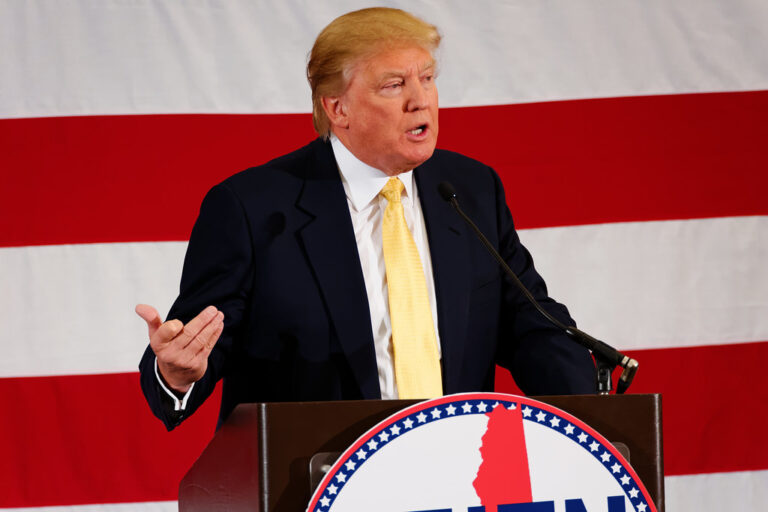Key Takeaways:
- Dominican authorities recovered 377 packages of cocaine from a destroyed speedboat.
- The boat was reportedly carrying over 2,200 pounds of cocaine.
- This was a joint mission involving the U.S. Navy and Dominican authorities.
- It marks the first time such a drug-smuggling boat was destroyed by the U.S. Navy in a Dominican-led operation.
The Cocaine Bust That Shocked the Caribbean
In an intense and first-of-its-kind anti-drug operation, the Dominican Republic has announced a major victory. Government officials shared how a joint effort with the U.S. Navy led to the destruction of a cocaine-packed speedboat. Authorities have since recovered 377 tightly sealed packages of cocaine. This is being hailed as a landmark moment in the country’s fight against international drug trafficking.
The story unfolded in the waters of the Caribbean, where speedboats are often used by traffickers looking to move large amounts of illegal drugs quickly and quietly. What made this case special was the direct involvement of the U.S. Navy, which actually destroyed the suspect boat at sea.
The Cocaine Seizure Shocked Authorities
The Dominican Republic’s National Directorate for Drug Control (DNCD) held a news conference to announce the recovery. They confirmed that the boat was believed to be carrying over 1,000 kilograms—or more than 2,200 pounds—of cocaine. However, only 377 packages of cocaine were successfully recovered from the ocean.
Experts believe the rest may have been lost when the boat sank during the confrontation. Some packages might still be floating off the coast, or worse, may have been picked up by other traffickers. Despite this, recovering nearly 400 packs of cocaine is still seen as a huge win.
How the Joint Operation Took Place
According to officials, the cocaine trafficking mission was brought to a halt thanks to a coordinated operation between the U.S. Navy and Dominican drug enforcement teams. Once the speedboat was detected, a high-seas chase ensued. Determined not to let the cocaine pass through, the Navy fired upon the boat, which led to its eventual sinking.
This was not a typical drug chase. In most past cases, law enforcement authorities have tried to capture the boats or force them to dock. But the destruction of the speedboat marks a more aggressive, assertive approach. It’s one that signals a strong message to drug traffickers operating across the Caribbean.
DNCD spokespersons highlighted that this was the “first operation of its kind executed in Dominican waters,” showing stronger military and defense collaboration between the two countries.
Cocaine Trafficking in the Caribbean Is Growing
Cocaine trafficking remains one of the biggest criminal threats in the region. The Caribbean acts as a central route for drug runners who try to move cocaine from South America into North America and even Europe.
Smugglers often choose speedboats due to their high speed and ability to navigate small, shallow routes, evading radar in the process. But this recent operation suggests that traffickers may need to reconsider their routes. It’s clear that both military and law enforcement officials are ready to fight back harder than ever.
Authorities believe that stopping just one boat can save many lives. The street value of the now-confiscated cocaine would have likely reached into the tens of millions. That’s money that could have funded more crime, bought weapons, and destroyed families.
The Aftermath and Public Reaction
The public and media in the Dominican Republic reacted with surprise and intense interest. For many citizens, the news came as a shock—especially the violent means used to stop the smugglers. Still, many have praised the authorities for taking a firm stance against crime and for cooperating internationally.
Local leaders have promised to continue similar operations. They say the cocaine seizure is just one step in a larger plan to clean up their coastline and protect future generations.
What Happens to the Recovered Cocaine?
Once the cocaine packages are collected, they do not go back into the market. Instead, they are carefully documented, stored under strict security, and eventually destroyed under legal supervision. This prevents any possibility of corruption or the drugs being sold by rogue agents.
Authorities also plan to continue searching the area where the boat sank. They hope more of the lost cocaine packages can be recovered before they’re lost forever—or worse, picked up by others.
Strong Partnerships Are Key
One of the key takeaways from this operation is the power of partnerships. This success could not have happened without the involvement of the U.S. Navy. Drug trafficking is becoming more globalized, and single-country efforts are no longer enough. Strong international collaboration, especially with more advanced military operations like the U.S. Navy, seems to be a trend that will continue.
Experts suggest that this approach might become a blueprint for future missions. Having the capability to not just intercept, but take down and destroy suspicious vessels adds a new level of seriousness to the war on drugs.
Looking Forward
Authorities say the fight isn’t over. Drug traffickers are always changing strategies, and defending territorial waters will require continuous adaptation. However, this operation showed that with effective teamwork and real-time intelligence, even the most dangerous missions can end in success.
The Dominican Republic plans to increase surveillance in key ocean routes and use stronger radar systems to detect threats earlier. The hope is to deter smugglers before they ever reach Dominican shores.
While this won’t end drug trafficking overnight, it sends a clear warning: If you plan to use Dominican waters for smuggling, you will be stopped—and possibly sunk.
FAQs
What kind of boat was used in this operation?
It was a high-speed smuggling boat, often called a “go-fast.” These boats are used frequently by drug traffickers for quick sea travel.
Why did the U.S. Navy destroy the boat?
The boat was carrying illegal drugs and tried to avoid capture. Destroying it was the safest way to stop it and protect officers.
What happened to the people onboard?
Authorities have not confirmed if anyone was arrested. Some reports suggest the crew escaped before the boat sank, while others hint at possible arrests.
Is this the first time the U.S. Navy has done this?
Yes, this is the first time U.S. Navy forces have destroyed a drug boat as part of a Dominican-led mission. It marks a shift in strategy and stronger teamwork.










